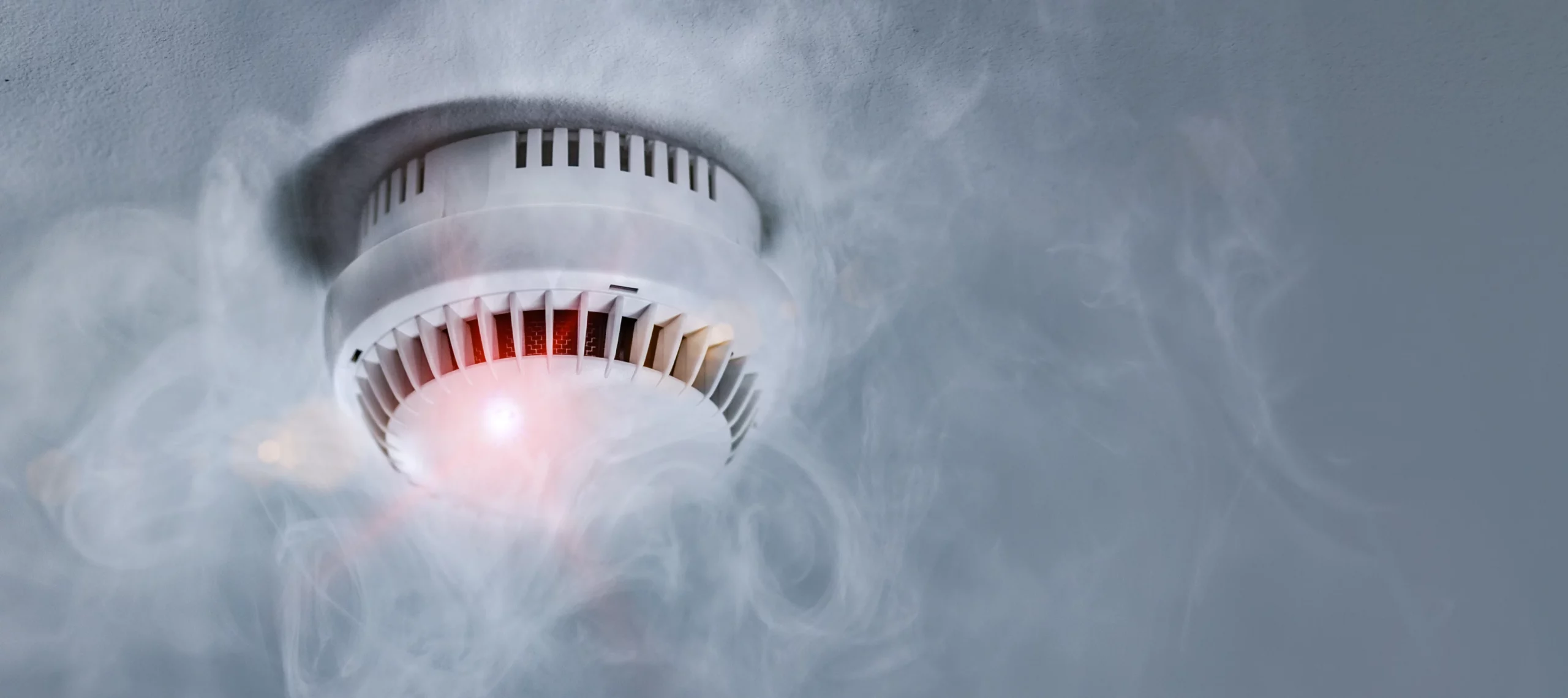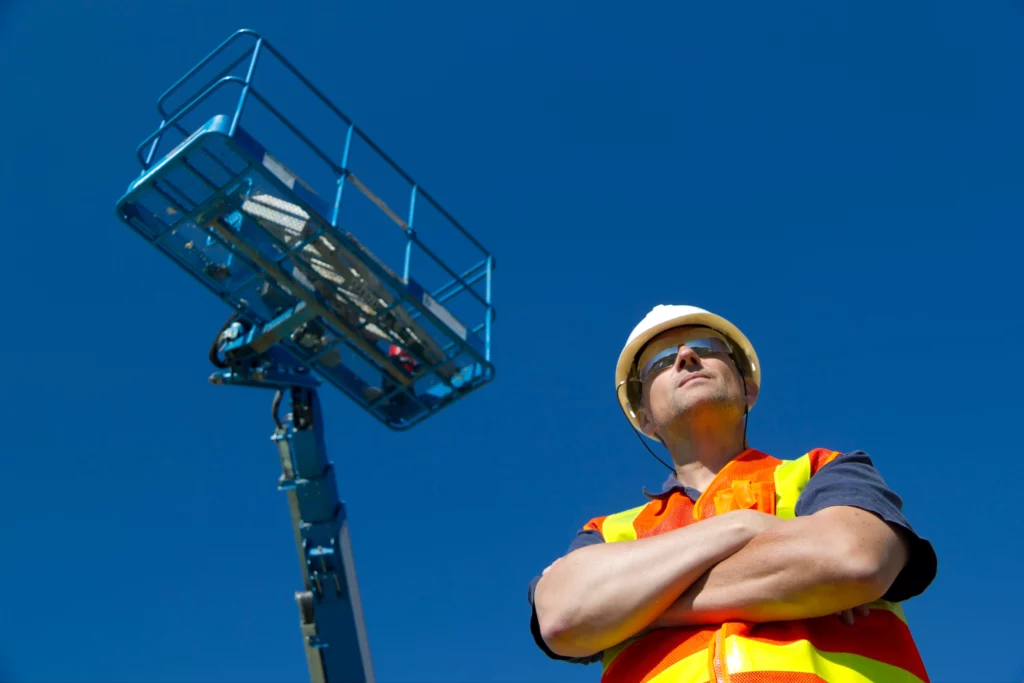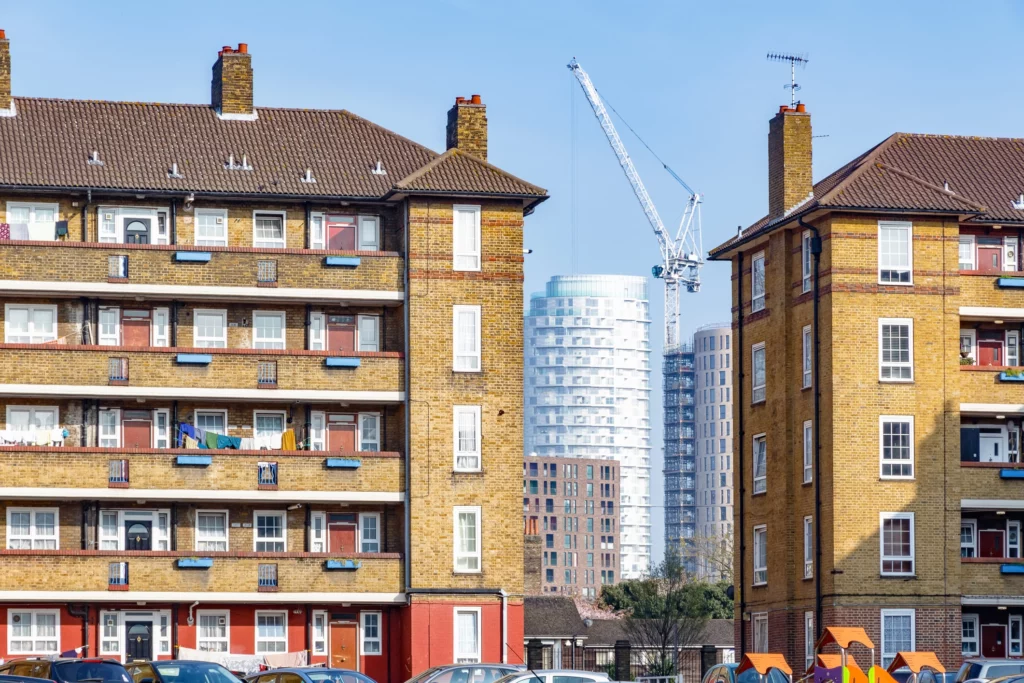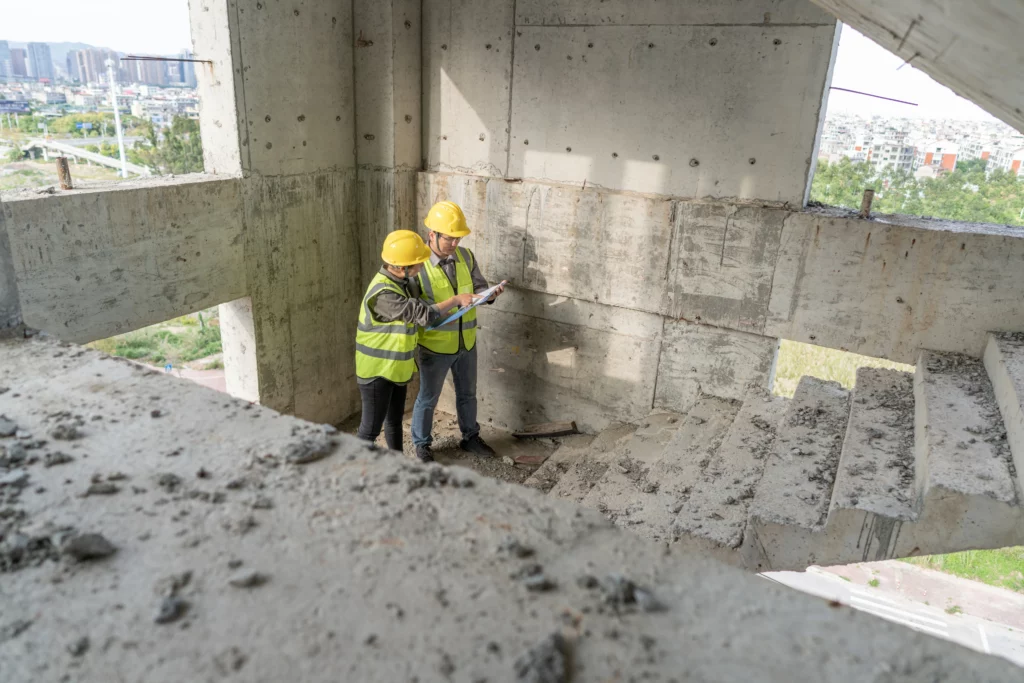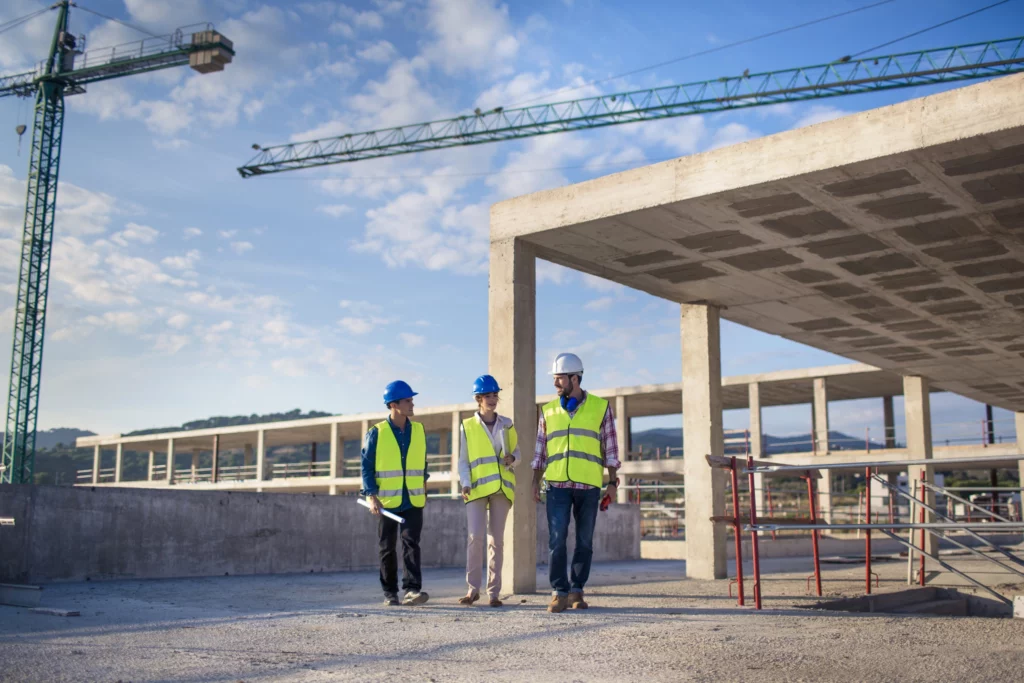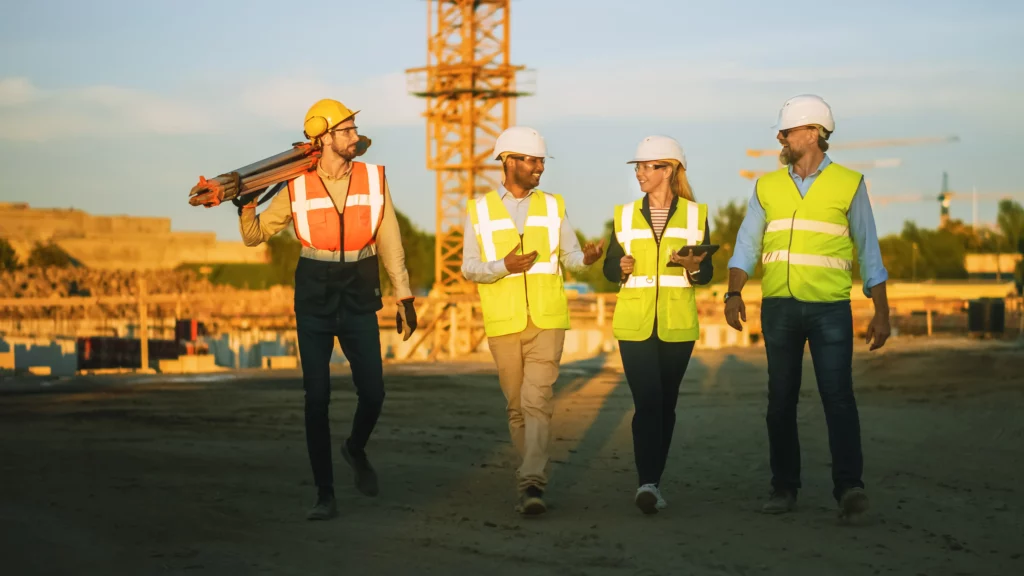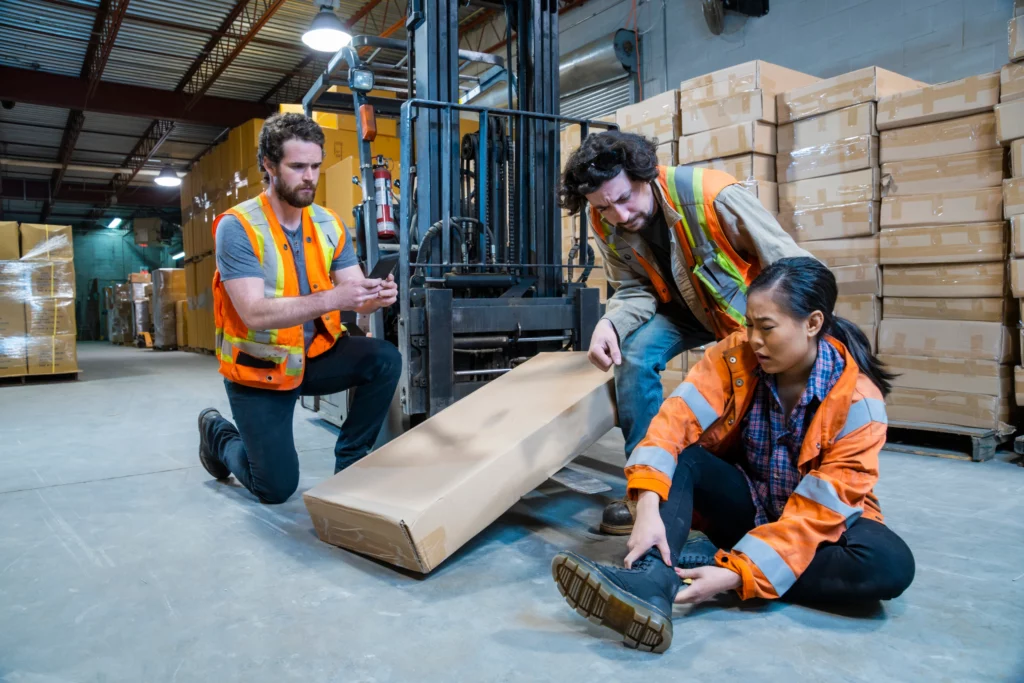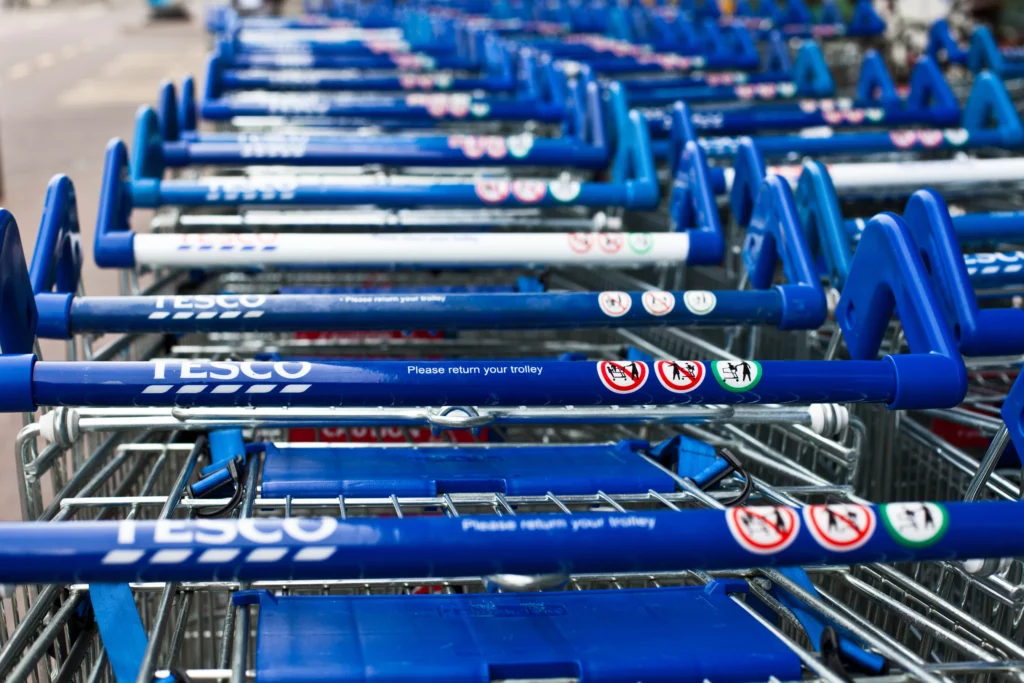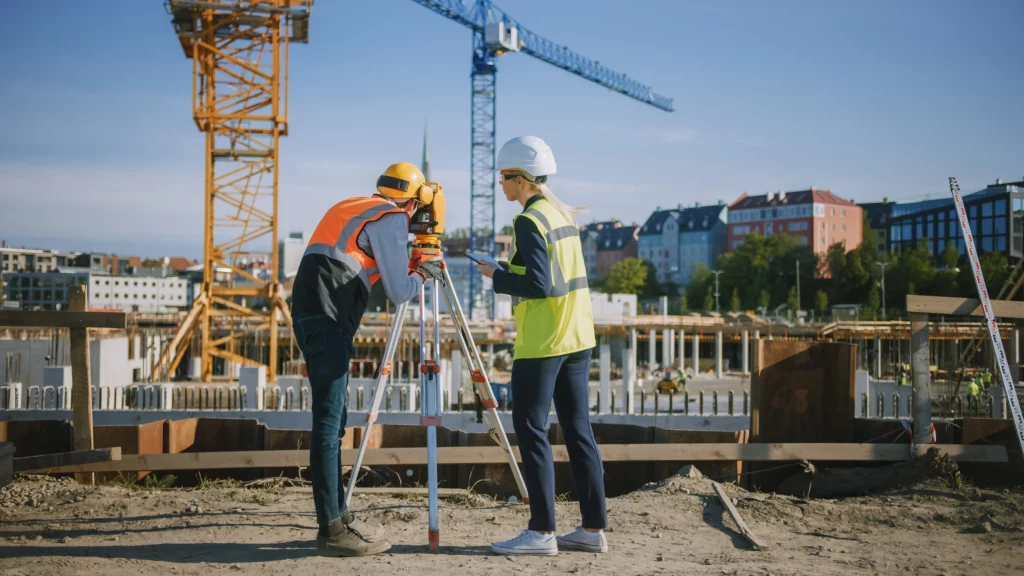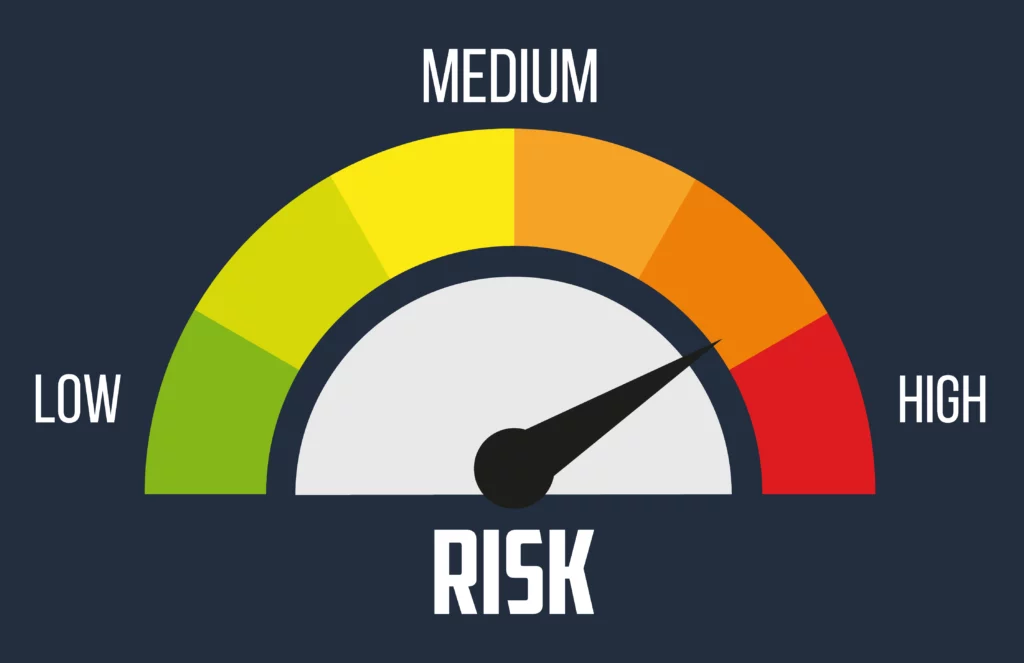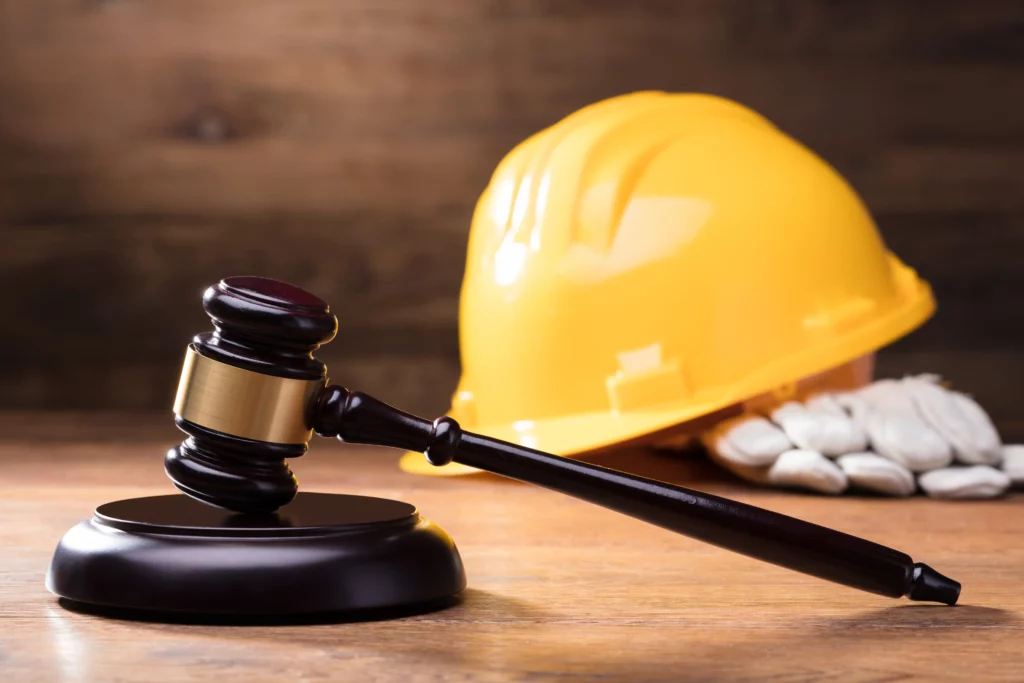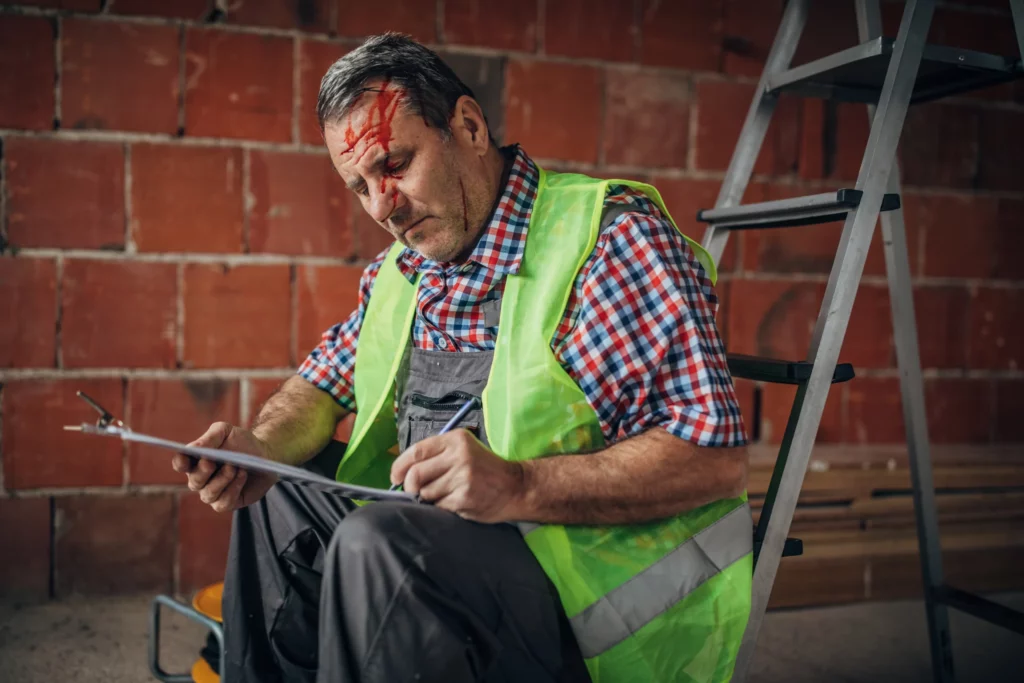“Man is the only creature that dares to light a fire and to live with it. The reason? Because he alone has learned how to put it out” – Henry Van Dyke, “The Open Fire,” Fisherman’s Luck and Some Other Uncertain Things, 1899.
Let’s talk about fire safety. Again.
Arguably the Grenfell tragedy exposed a complacency that had crept into the management of fire safety risk post-Fire Safety Order. The Order scrapped fire certificates for buildings, leaving landlords responsible for ensuring fire risk assessments were carried out. Some experts believe this was a significant weakening of fire safety protection: “A system of self-certification by building owners is weaker than a system of certification by a fire officer, somebody whose interest is directly to make sure his men and women fire officers don’t die in fighting fires.” (Ian Abley, RICS Authority).
The plastic insulation industry lobbying of successive governments, its attempts to silence critics through litigation, the rules requiring more insulation and the failure to heed warnings about the creaking building regulations added to a weak regulatory environment; add years of reduced spending on Fire Services et voila – a fire safety crisis.
The key elements of the Government’s response have been well-documented – The Building Safety Act, new Building Safety Regulator (“BSR”) and Fire Safety Act – and most recently, the Fire Safety (England) Regulations 2022, which came into force on 23 January 2023.
The Fire Safety Regulations
The Regulations follow the Fire Safety Act 2021 which clarifies that, for buildings with two or more sets of domestic premises of any height, the Fire Safety Order applies to the structure and external walls (including cladding, balconies and windows), and all doors between domestic premises and common parts. In practice this means that fire risk assessments need to be updated to consider the structure, external walls and doors.
The Regulations sit alongside amendments made to the Fire Safety Order by the Building Safety Act 2022, and the Government’s updated fire safety guidance.
Like the Fire Safety Order, the Regulations impose further obligations on the ‘responsible person’ (RP) of existing residential buildings – usually the owner of the common parts or the person with control over the building.
Reflecting the Phase 1 Grenfell Inquiry recommendations, the Regulations mainly apply to high-rise residential buildings, defined as a building containing two or more sets of domestic premises that is at least 18 metres above ground level or has at least 7 storeys.
For the detail, you can read the 2022 Fire Safety Regulations
Do the new regulations go far enough?
The Regulations have broadly been welcomed as improving fire safety, particularly in high-rise residential buildings where building standards can be more restrictive and fire-fighting tactics can be more challenging.
There will be additional costs in discharging these statutory duties, e.g. the installation of signage and maintenance of lifts and fire-fighting equipment – the latter of which could need to be refurbished or replaced if not fit for purpose. Who will ultimately pay for this may be a concern for tenants.
A notable exception to the recommendations implemented by the Regulations are evacuation plans, including Personal Emergency Evacuation Plans (PEEPs). The Government considers PEEPS were practically difficult to mandate in high-rise buildings. There is a requirement to provide fire safety instructions which includes information relating to evacuation, but many believe this is not enough. A judicial review (“JR”) has been brought by a disability group, Claddag, aiming to reverse the Government’s decision not to implement PEEPs. Government counsel at the JR suggested that the Government have not made a final decision on PEEPs – an interesting submission. Is keeping the door open to voluntary adoption of PEEPs by responsible persons (RPs) equivalent to being open to mandating a legal duty on RPs to put in place PEEPs?
What we do know is that the big stick of criminal prosecution for RPs who do not meet these requirements for buildings under their control looms large – a few early scalps for the BSR would certainly show it meant business.
There’s more to come in 2023 – further secondary legislation, consultation on options to recommend sprinklers in care homes, remove national classifications from Building Regs “Approved Document B”, and recommend a maximum height threshold for the use of one staircase in blocks of flats, new “golden thread” guidance from HSE and from RICS on EWS1 forms (developed by lenders/RICS to help value apartments in buildings with external walls containing combustible materials).
We will keep you posted…
